Following on from our May Forage with The Sea Gardener and with our last one of the year coming up on Sunday 25th September I thought we’d share some of the cool info we picked up from Marie last time – Come along and discover the benefits and wonders of Irelands’ Seaweed for yourself!
A few pointers from Marie on the day included:
Knowing the tides (you can pick up a tides book in some petrol stations ) and checking with your local council on the cleanliness of the water at any beach you plan to forage on – also available at beaches.ie
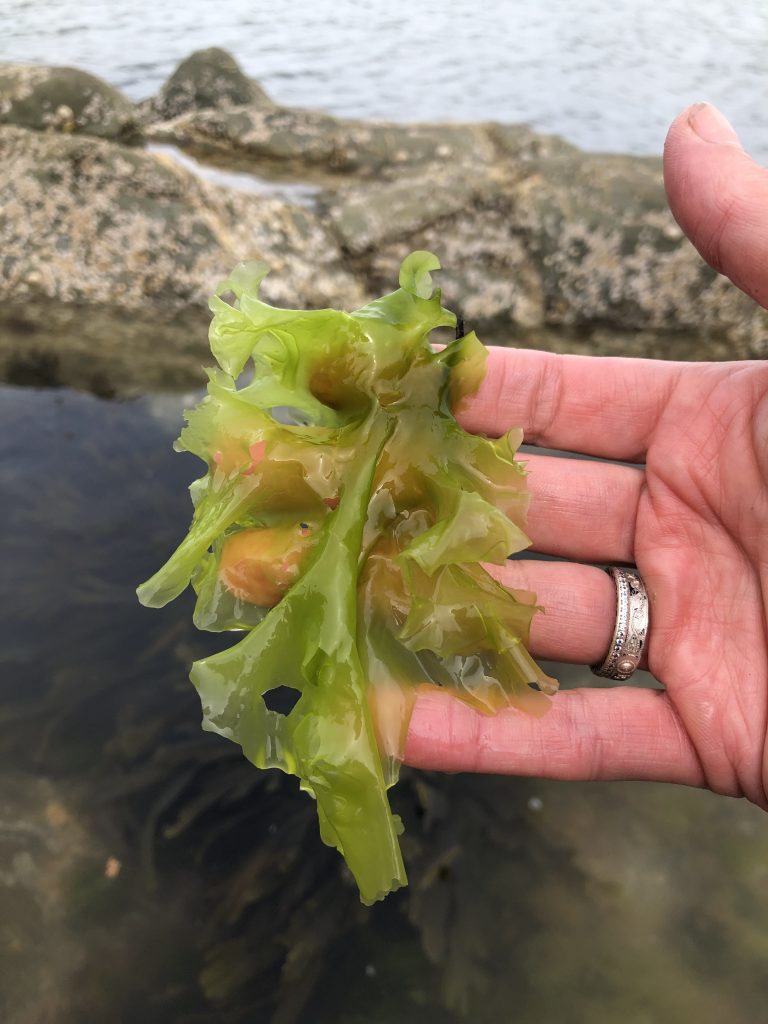

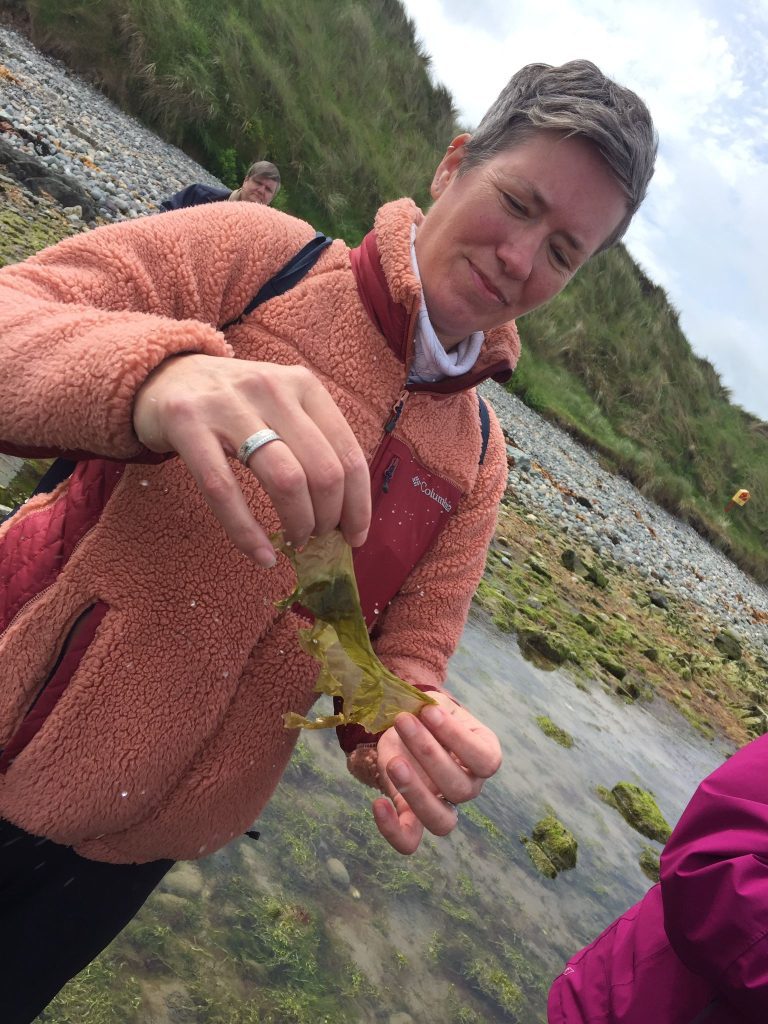
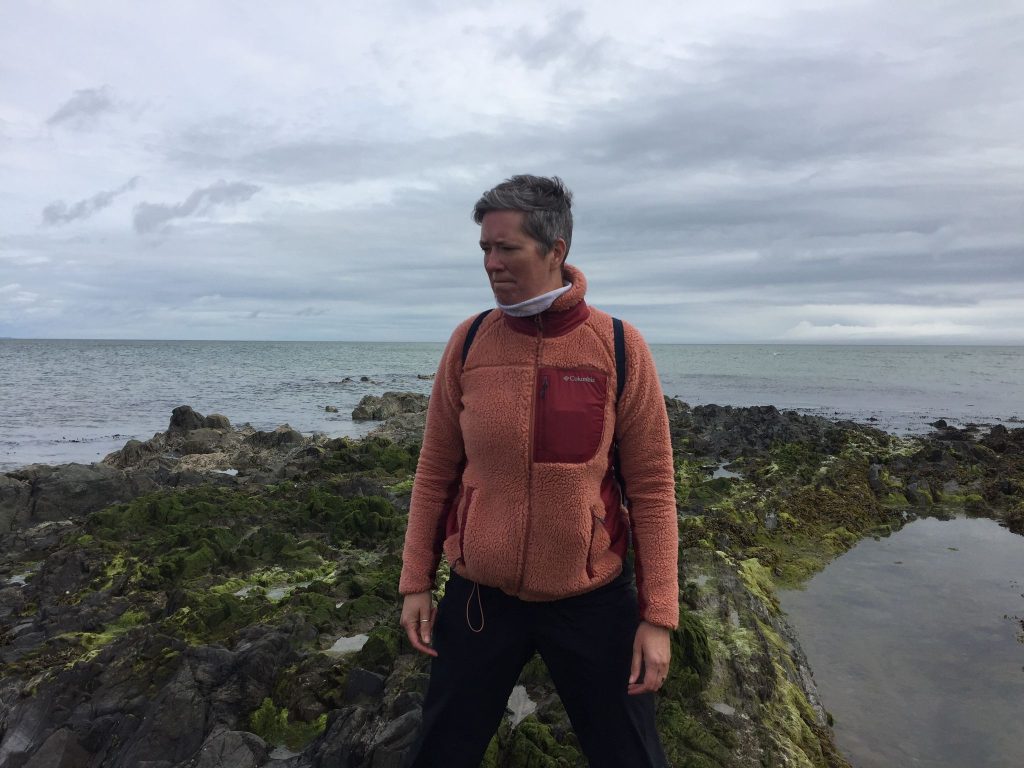

3 colours of seaweed: Green eg Sea lettuce, Red eg Dilisk, Brown eg Kelp
Note that drying in the sun bleaches it to white but it still contains it’s nutrients.
3 Areas: Low, Mid and High with different seaweed species found in each.
Seaweed Baths – to wet the seaweed with a kettle of hot water in the bath first to let the gel come out then add the rest of your bath water. Two large handfuls (Serrated wrack) are enough for a bath.
False carrageen versus real – carrageen for use in puddings and also in Maries’ Carrageen Moss Cure cough syrup – recipe Here >>
None are poisonous, some just don’t taste terribly nice..
Pepper dilisk – October or Christmas is it’s time to shine
Use sea lettuce in light miso soups or wrap cheese / hummus in
Dry on clothes line then crisp in light warm oven for snacks eg sweet kelp
Pop into stews or currys – cut up small before hand eg Kelp / Bladderwrack
Always use a scissors to cut
Never take more than one third
Wash well in clean seawater – can also rinse at home if you don’t like taste of salt
If on medication consult doctor first eg iodine and thyroid..
Small and often rather than huge amounts in one go
5g a good amount to consider for daily use.
Go easy at the start – it’s like any green veg 🙂
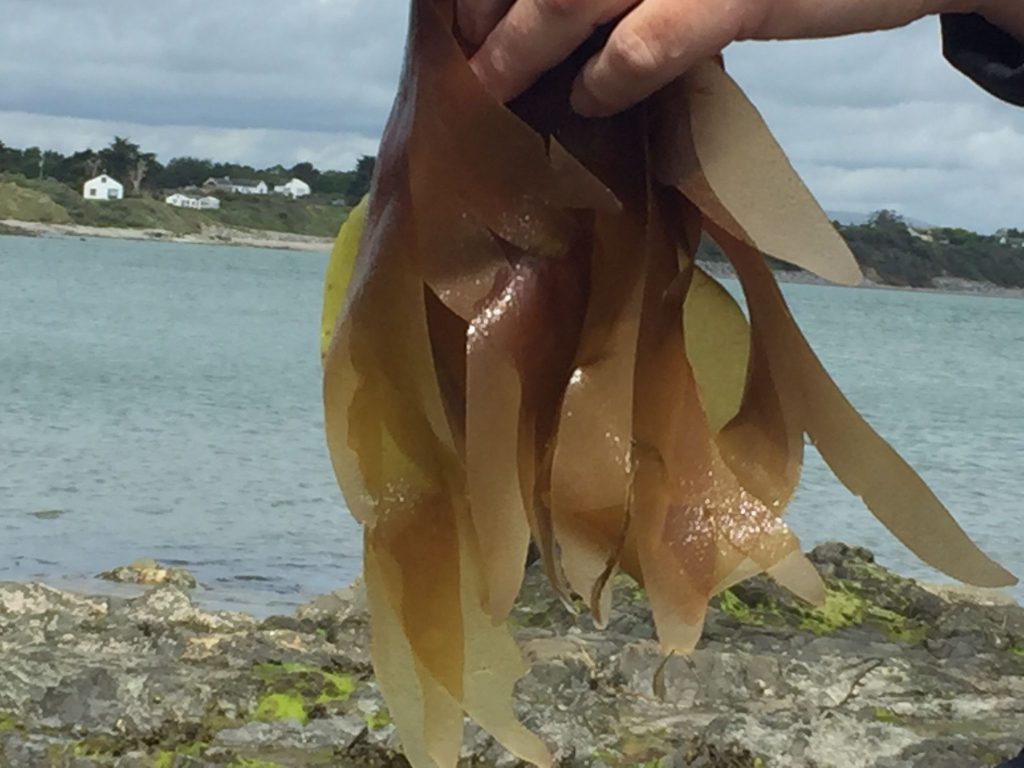
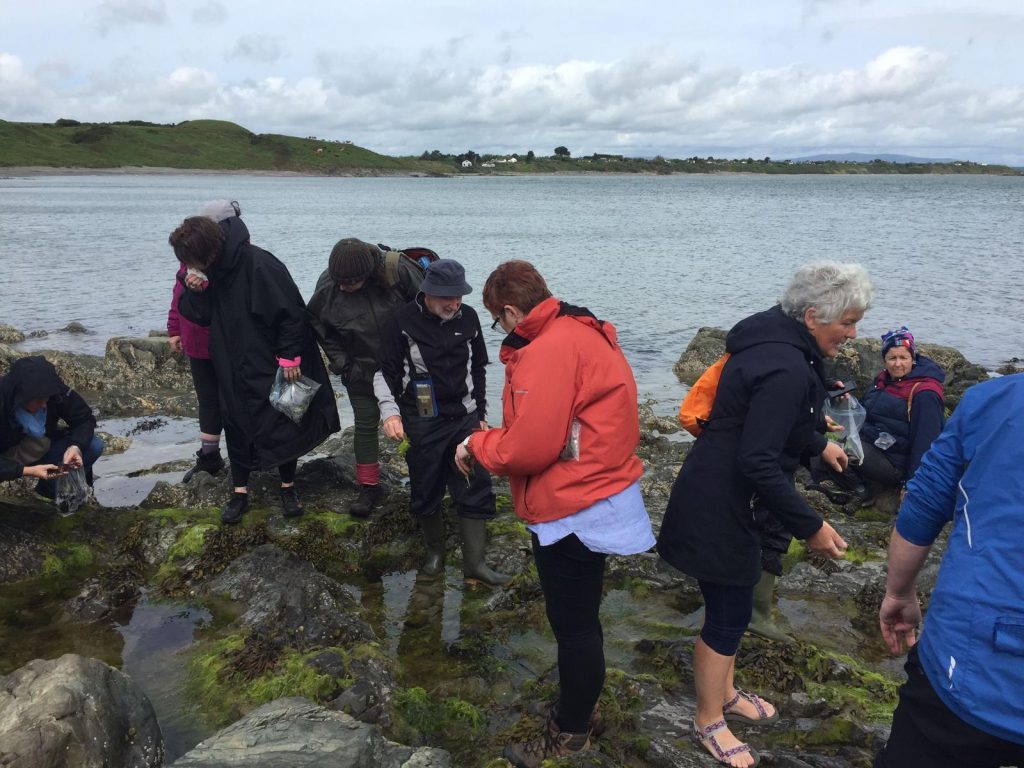
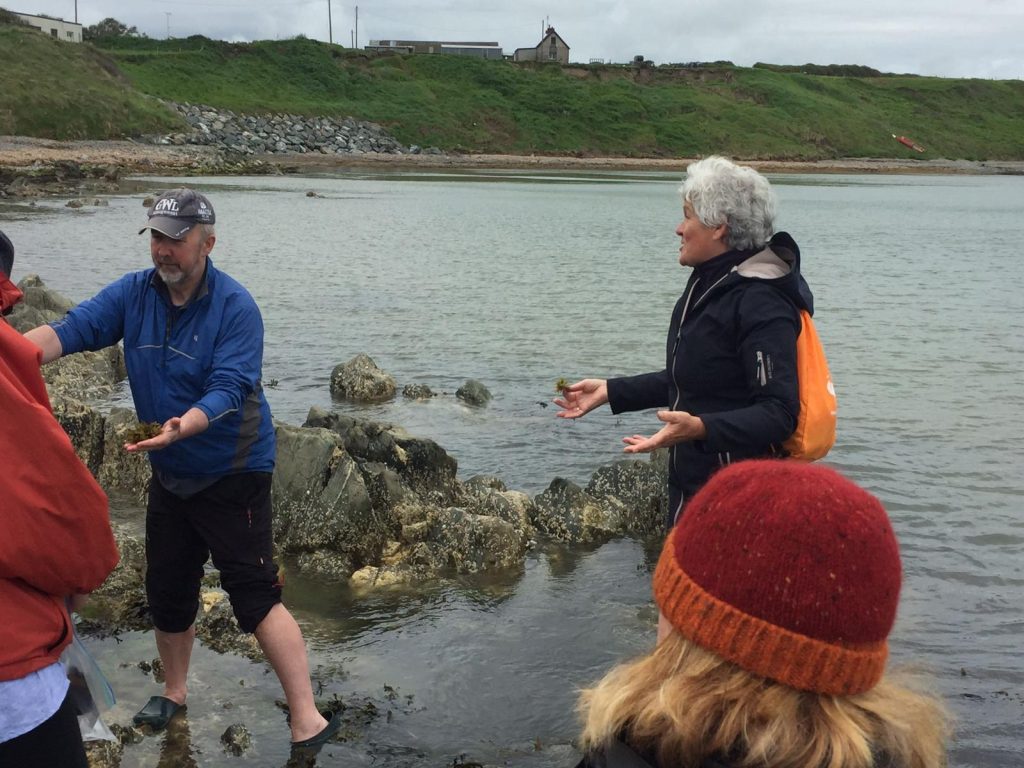

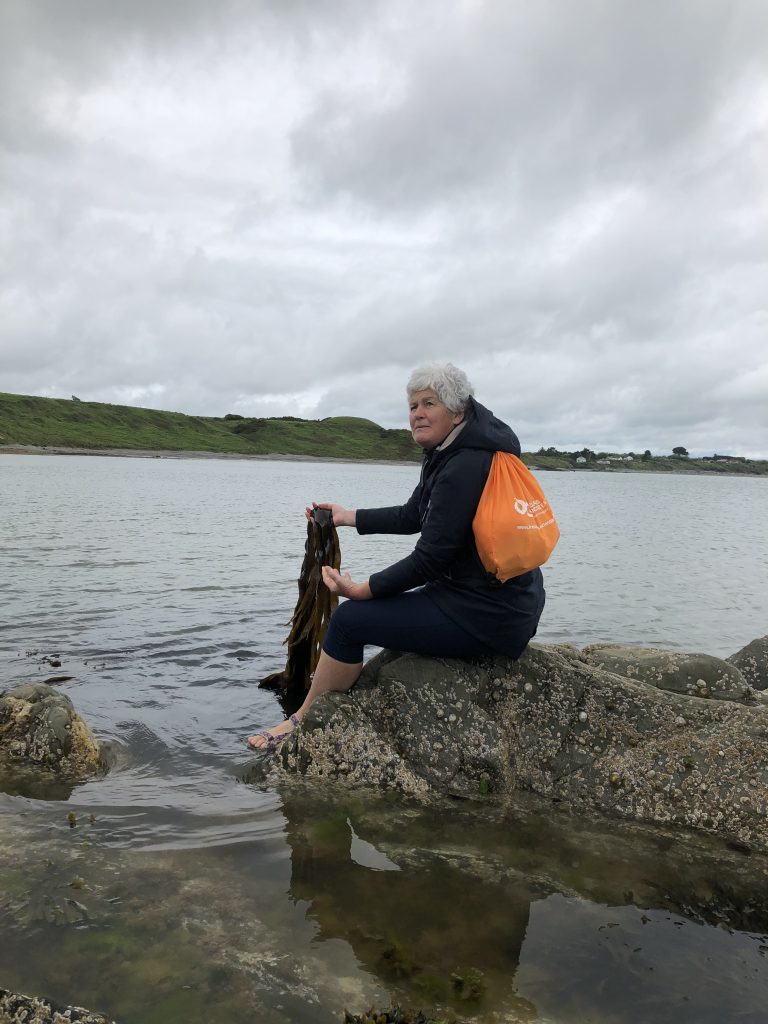
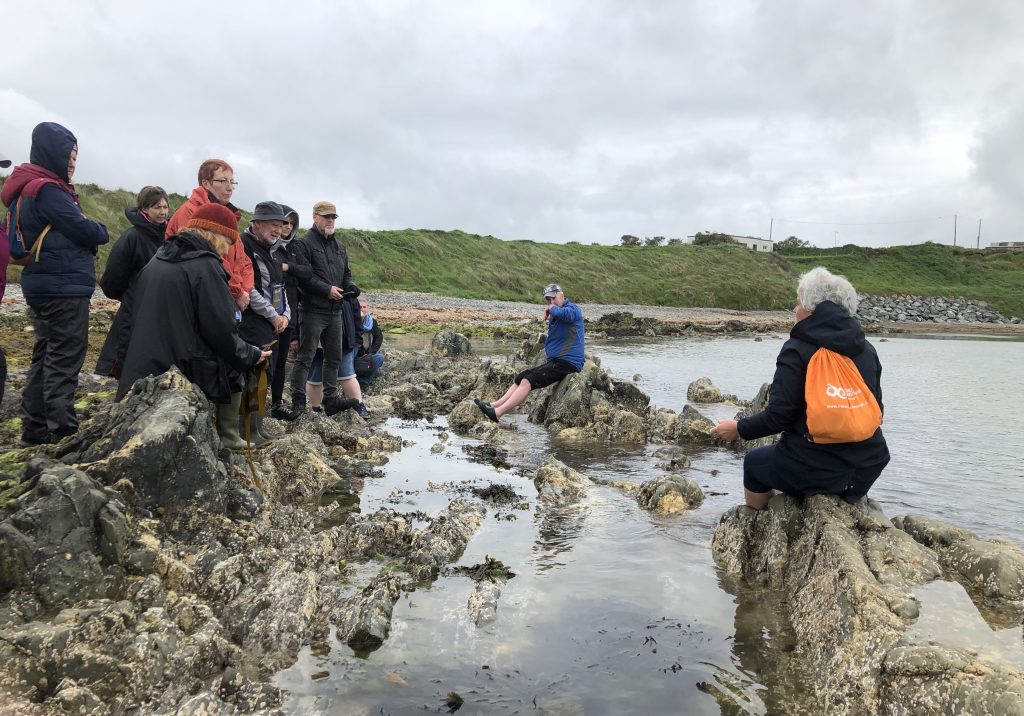
To dry and store seaweed, there are 2 options
Refrigerate in a covered bowl/ziplock bag for up to 3 days
or
Dry and store for up to 2 Years in airtight container.
To dry large seaweeds, e.g. kelps, wracks, hang on clothesline for a few hours in a fresh, warm breeze. Then move to hotpress overnight.
To dry small seaweeds e.g. carrageen, sea lettuce, lay out on cooling tray outdoors in a fresh warm breeze, then move to hotpress overnight. Or use de-hydrator instead of hotpress. Or place on over-shelf over stove.
Seaweeds will shrink as they dry, as they lose water.
May need extra time in hotpress.
Store in airtight bag/container in a dark place for up to 2 years.
To use dried seaweed, simply re-constitute in water and add to dish (or add straight in to ‘wet’ food, such as soup or stew.

